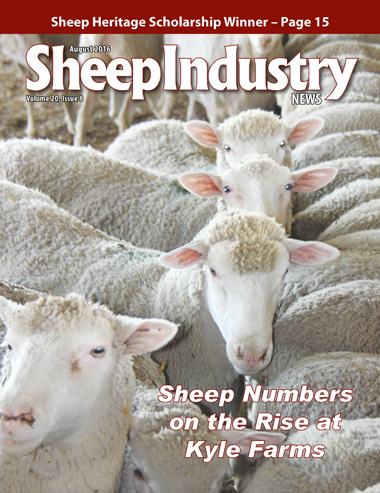Without slaughter lamb prices available for a large segment of the industry, more weight is placed upon the wholesale market to decipher trends and establish price expectations.
The net carcass value (after processing/packaging) averaged $307.31 per cwt., down one-half percent in June and 4 percent lower year-on-year. The net carcass value has been downward trending since late 2014 and was at the lowest level in two and half years. The shoulder and loin were the only primals to see monthly gains.
The loin, trimmed 4×4, averaged $524.05 per cwt., up 1 percent in June and 0.3 percent lower year-on-year. The shoulder, square-cut, brought $275.27 per cwt., up 0.05 percent monthly and 7 percent lower year-on-year.
The 8-rib rack, medium, averaged $666.99 per cwt., down 2 percent in June and 10 percent lower year-on-year. The U.S. rack, roast-ready, frenched averaged $1,238.61 per cwt. in June, 8 percent lower monthly and 12 percent weaker year-on-year. The rack, roast-ready, frenched, special (cap-off) brought $1,776.83 per cwt., up 1 percent monthly and 5 percent lower year-on-year.
The leg, trotter-off, saw $340.57 per cwt. in June, 1 percent lower monthly and up 1 percent in a year. Ground lamb averaged $525.40 per cwt., 3 percent higher monthly and 7 percent lower year-on-year.
Sixty-five to 75-lb. carcasses averaged $297.05 per cwt., up 4 percent monthly and 8 percent lower year-on-year. Seventy-five to 85-lb. carcasses brought $284.66 per cwt., 3 percent higher for the month and 6 percent lower year-on-year.


